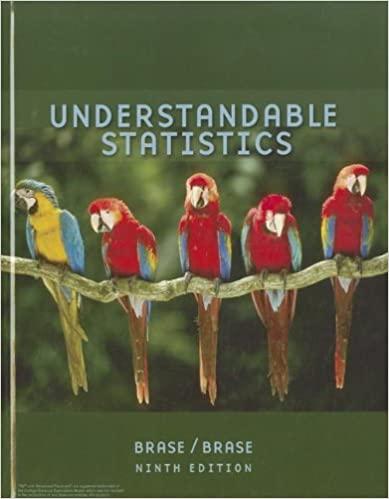Answered step by step
Verified Expert Solution
Question
1 Approved Answer
help 1. Consider an Lgood private ownership economy in which every consumer has a strictly positive endowment vector e3; 3:} U in RL and a
help



Step by Step Solution
There are 3 Steps involved in it
Step: 1

Get Instant Access with AI-Powered Solutions
See step-by-step solutions with expert insights and AI powered tools for academic success
Step: 2

Step: 3

Ace Your Homework with AI
Get the answers you need in no time with our AI-driven, step-by-step assistance
Get Started


